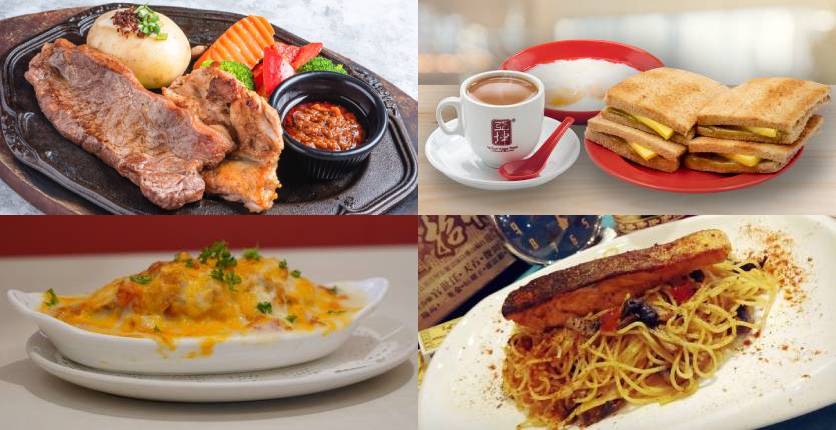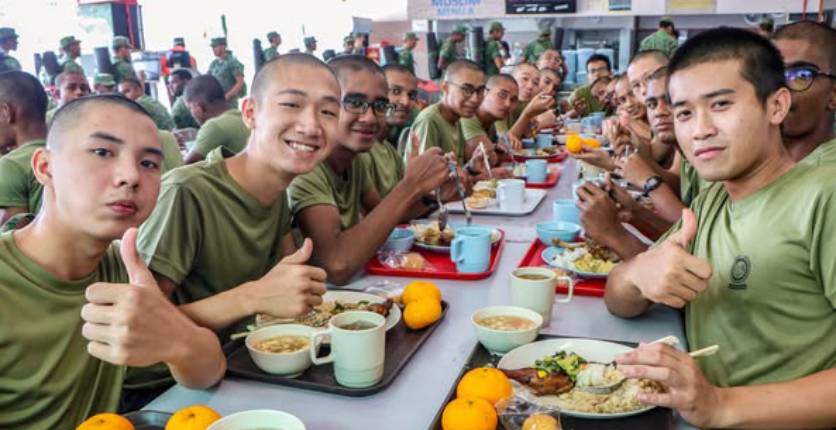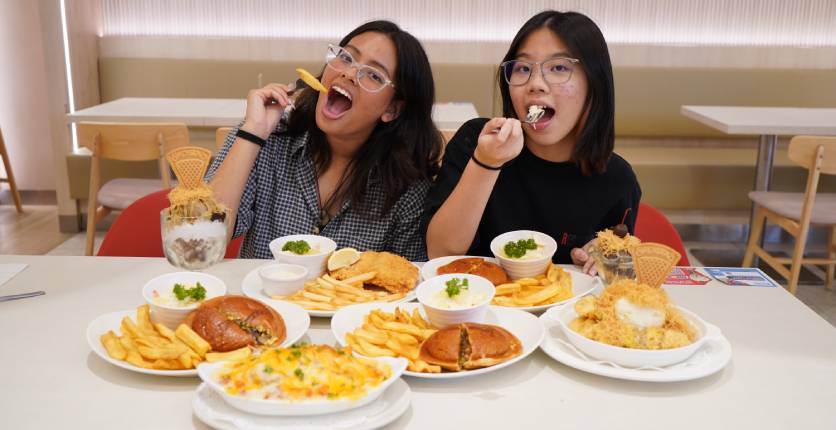When people talk about culinary arts, innovation in terms of food preparation and taste usually come to mind. Yet many don’t realise this art form has an oft-overlooked aspect: Presentation. Home-grown food artist Veavee Ng, chosen trainer for SAFRA Family Day Online – We Craft Together held on 23 August, is a creator of life-like miniature creations of food. Her works include kaiseki, the traditional Japanese multi-course dinner. She explained: “I could express myself in this art form using my hands to create functional items for good use.”
Fellow Singaporean food artist Mavis Yong, who uses cookies as her creative canvas, concurred. Her journey to food artistry began on a whim years ago when she attended a cookie decoration class. “I found it to be the perfect creative outlet for me,” she said. Once she got hooked, there was no turning back. We chat with both to find out more about their food artistry.
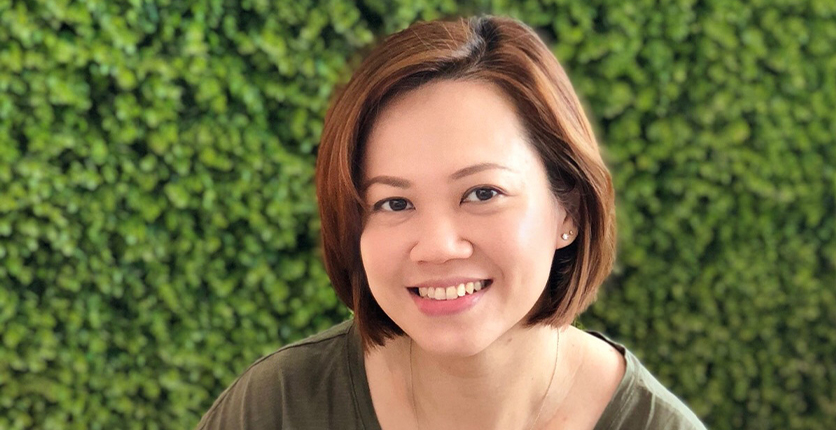
Mavis Yong
Cookie Artist
www.eaumycookie.com
How did you become a cookie artist?
I started Eau My Cookie! to document my adventures in cookie decorating and, along the way, began receiving orders for bespoke cookies. Since then, I’ve been blessed with lots of opportunities to share my handcrafted cookies at all kinds of events. Besides helping people celebrate their special occasions with cookies, I also enjoy giving classes to aspiring cookie artists who want to create deliciously memorable snacks in their own kitchens.
Share three interesting tips for people who want to decorate their cookies.
1. Understanding royal icing consistencies is the key to successful decorating.
2. Practise, practise, practise!
3. Remember to have fun. Let go of the idea of the “perfect” cookie because there is no such thing.
Share one cookie series that you’re most proud of.
My favourite is still my first one. It was a Christmas cookie-decorating workshop for a perfume company. I had to design a set of cookies using non-festive colours such as pink, gold, white and black. The decorating techniques had to be simple enough for beginners, yet interesting for the guests who were attending. To be honest, I was pretty stressed out before the workshop. Thankfully, the event went very well and all the guests had fun, with some of them even posting about their positive experiences on social media.
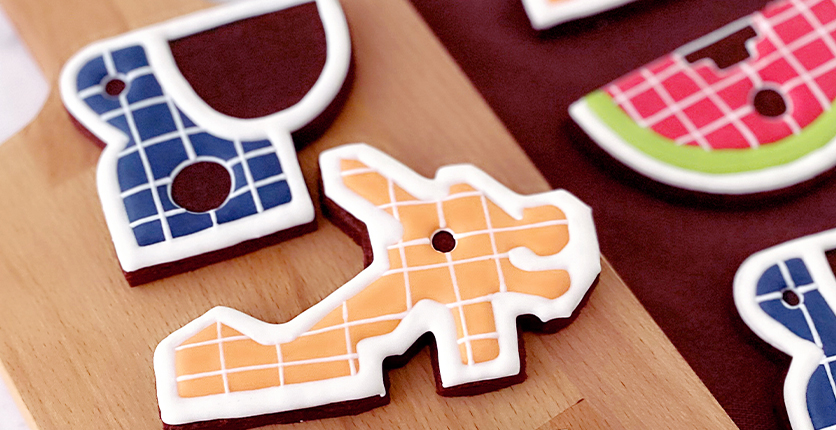
Which are some of your more popular workshops?
Christmas-theme beginner classes are the most popular. Generally, most such classes sell out quickly as they cater to adults with little or no experience in baking and decorating cookies.
This issue’s theme is Play & Adventure. Share one of the most playful or adventurous orders you have received.
I was overjoyed when I received a custom order for cookies based on Alice in Wonderland, as that is one of my favourite books. The quirky elements of the story allowed for fun and playful cookie designs. I had so much fun designing and decorating the cookies, as I was able to incorporate techniques that are seldom used. Till this day, it’s still one of my favourite sets of cookies.
Share with us your creative process.
Inspiration is everywhere, really. Sometimes I see a graphic, an image or even a stuffed toy, and I’d think to myself: “I should cookie-fy that!” I also do a lot of research online before sketching
out my ideas. I love the process of putting together designs for a themed cookie platter.

Most people don’t realise that decorated cookies require a considerable amount of time and effort to create. Each bespoke order is unique and takes days to complete. After the research is done and the designs are conceptualised, the baking and decorating start. The cookies and icing are then made from scratch. After they are prepared, the fun begins. Each cookie is lovingly hand decorated. Some designs are rather complex, requiring many steps to complete, including lots of drying time in between stages. Finally, each is then heat-sealed in a cello bag for freshness.
Any future plans?
Cookie decorating is both fun and therapeutic, that’s why I’m on a mission to inspire others to take up this form of edible art. I’m also working towards my goal of building a community of cookie creatives in Singapore by conducting regular classes and offering a variety of fun 3D printed cookie cutters.
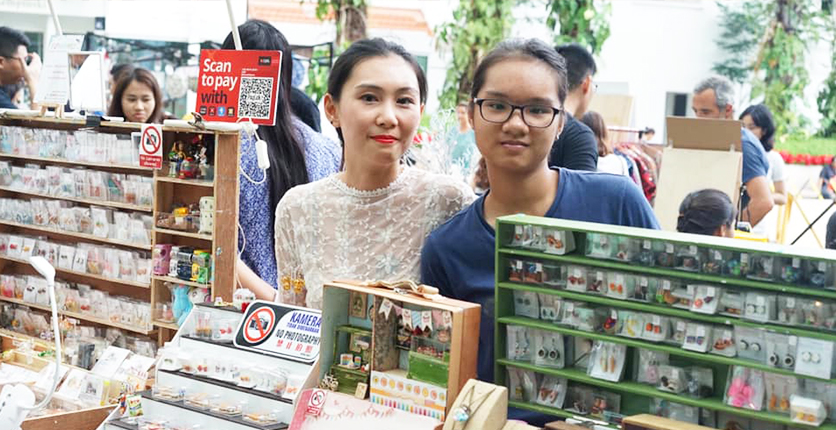
Veavee Ng
Miniature Food Artist
www.funwithartz.com
How did you become a miniature food artist?
I started off as a graphic designer but found the job scope stagnant and not challenging. Then I was invited to co-teach with my classmate at primary schools for a ceramic art programme. It was then that I found my forte. Although the work was tough and very labour-intensive, I found working with clay very fulfilling. Years later, as I continued this teaching journey, I began to explore other clay materials, buying them online and importing different brands that are non-toxic so that they are user-friendly, especially for kids. When I found materials that were suitable for children, I partnered a fresh art graduate student and we began our coteaching journey for children aged three and above.
Why miniature food?
I started making them after I found some beautiful photos on the Internet where people made food for doll-house displays and photography. I was really amazed how artists were able to paint on
clay using paint and soft chalk, whereas I only learnt how to use these mediums on paper when I was studying at LaSalle. From then on, I never stopped learning about how to make miniatures using clay. I also explored using wood and UV resins to complement my food display works.
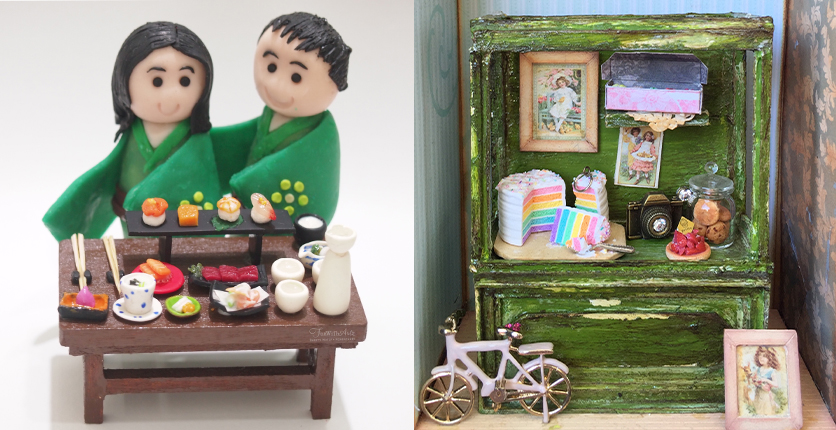
What are your favourite miniature food?
Breads and pastries.
And which miniature food project are you most proud of?
It would have to be a customised musical box collaboration that I did with art gallery Okdodoo. It was a commissioned project that was fully handmade using clay – family figurines, Japanese food, sake cups and plates, and a table fully handcrafted with wood. Another I loved was a diorama of a room that was fully handmade using wood, paper and clay, all designed by myself.
What are some of the accolades you have won?
I was involved in a collaborative effort between Ninth Gallery and Pop Up Asia to bridge the gap between local artisans and the international market. We were thrilled to win a place as Gold
Prize winners to participate in Pop Up Asia 2018.
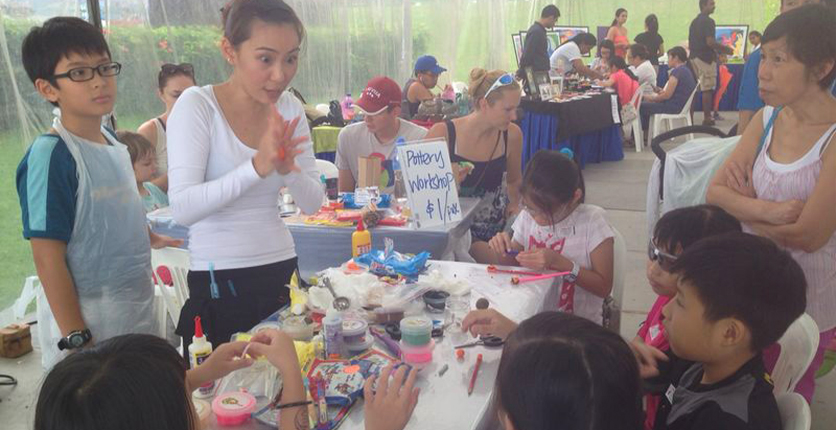
What’s a typical day like?
My work schedule is different from the office 9-to-5. Depending on upcoming events or workshops, I am usually in production or preparation. My daily workshops start from 12pm to 6pm. If there are commissioned projects, I will try to start work by 10pm – that’s when I have time to focus.
What are some upcoming projects and future plans?
We will be collaborating with Sistic and Giftano for the upcoming Gifts and More Craft workshops. You can also purchase gift cards from Giftano and more varieties of our monthly LIVE miniature food crafting workshops from the Sistic website.








